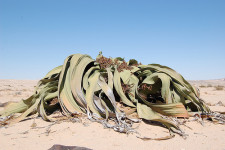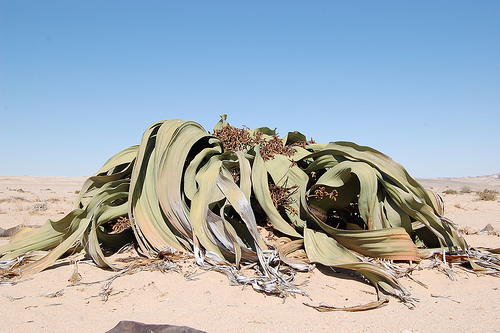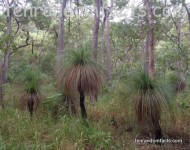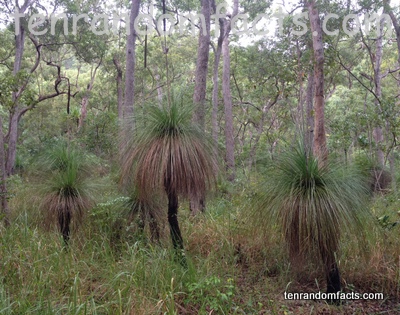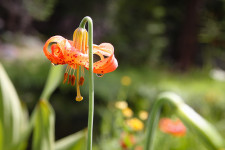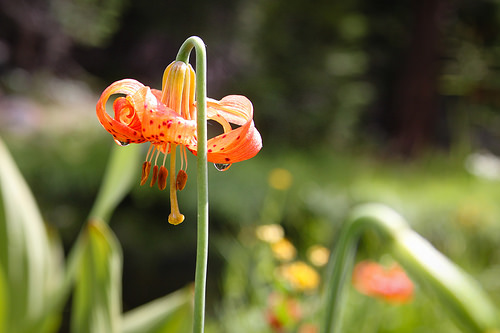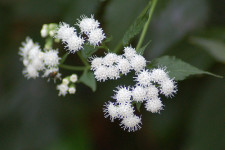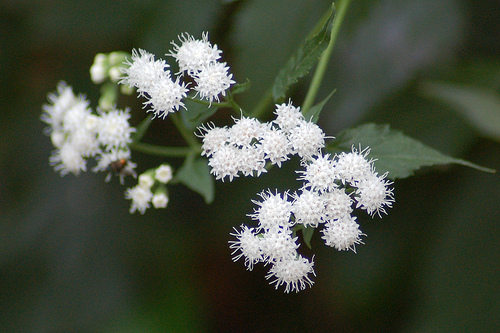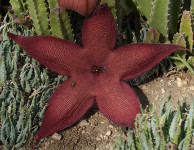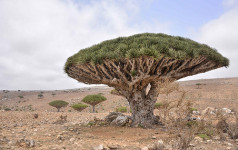
Dragon blood trees are a reality of another fantasy.
- Dragon blood trees are an evergreen species of tree, endemic to the woodlands of the Socotra islands of Yemen, located in the Arabian Sea near western Asia.
- The scientific name of the dragon blood tree is Dracaena cinnabari and it is from the family Asparagaceae, a family of plants that flower, and in the subfamily Nolinoideae.
- ‘Dragon blood trees’ are also known as ‘Socotra dragon trees’, and they can reach a height of 5 to 10 metres (16.4 to 33 feet).
- Dragon blood trees grow in a shape that resembles that of a mushroom, with branches that are shaped like large sausages and form in a dense structure; while sturdy long, narrow leaves form on the ends of the branches in clusters, and they can be as long as 60 centimetres (2 feet).
- Moisture is absorbed by dragon blood trees from mist or low cloud cover, and often the moisture trickles down cracks in rocks to the roots below.
Dragon Blood Trees
Image courtesy of Rod Waddington/Flickr
- Dragon blood trees generally bloom in February, and they produce many small flowers that grow in groups, and are coloured a creamy white to green colour.
- Numerous berries form on dragon blood trees after flowering, and they have a diameter of approximately 1 cm (0.4 inches); are of an orange to red colour when ripe; and contain from 1 to 3 seeds.
- Dragon blood trees are listed as a vulnerable species as reproduction has noticeably declined, likely due to a changing climate, over-harvesting and human interference.
- Dragon blood trees are known for excreting a blood red resin that has been used as dye or varnish, as well as a form of traditional medicine since ancient times in Rome, Greece and Egypt, and the resin is still used in modern times.
- Many young dragon blood trees of present times have failed to grow branches in the dense canopy typical of older specimens, and this has caused conservation concerns, as the canopy allows new plants to grow in its shade, and prevents moisture loss around the base of the tree.
Bibliography:
Dragon’s Blood Tree (Dracaena Cinnibari), n.d, Wildscreen Arkive, http://www.arkive.org/dragons-blood-tree/dracaena-cinnabari/
Dracaena Cinnabari, 2016, Wikipedia, https://en.wikipedia.org/wiki/Dracaena_cinnabari
Miller A, Dracaena Cinnabari, 2004, The IUCN Red List of Threatened Species, http://www.iucnredlist.org/details/30428/0
Saudi Journal of Biological Sciences, ScienceDirect, 2015, http://www.sciencedirect.com/science/article/pii/S1319562X15002065
Socotra Dragon Tree, 2016, Global Trees Campaign, http://globaltrees.org/threatened-trees/trees/socotra-dragon-tree/





